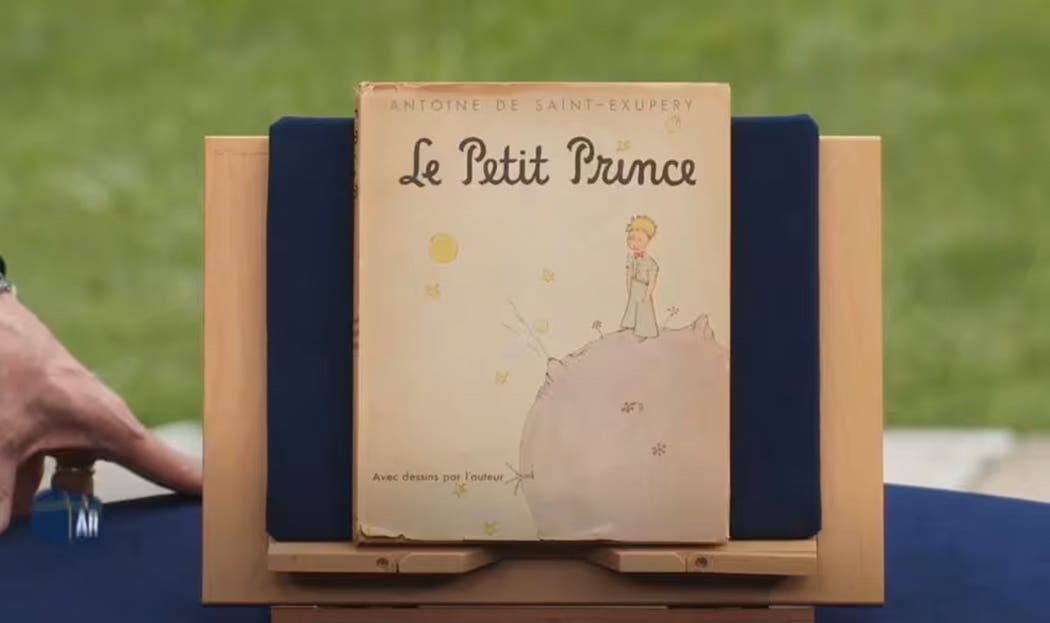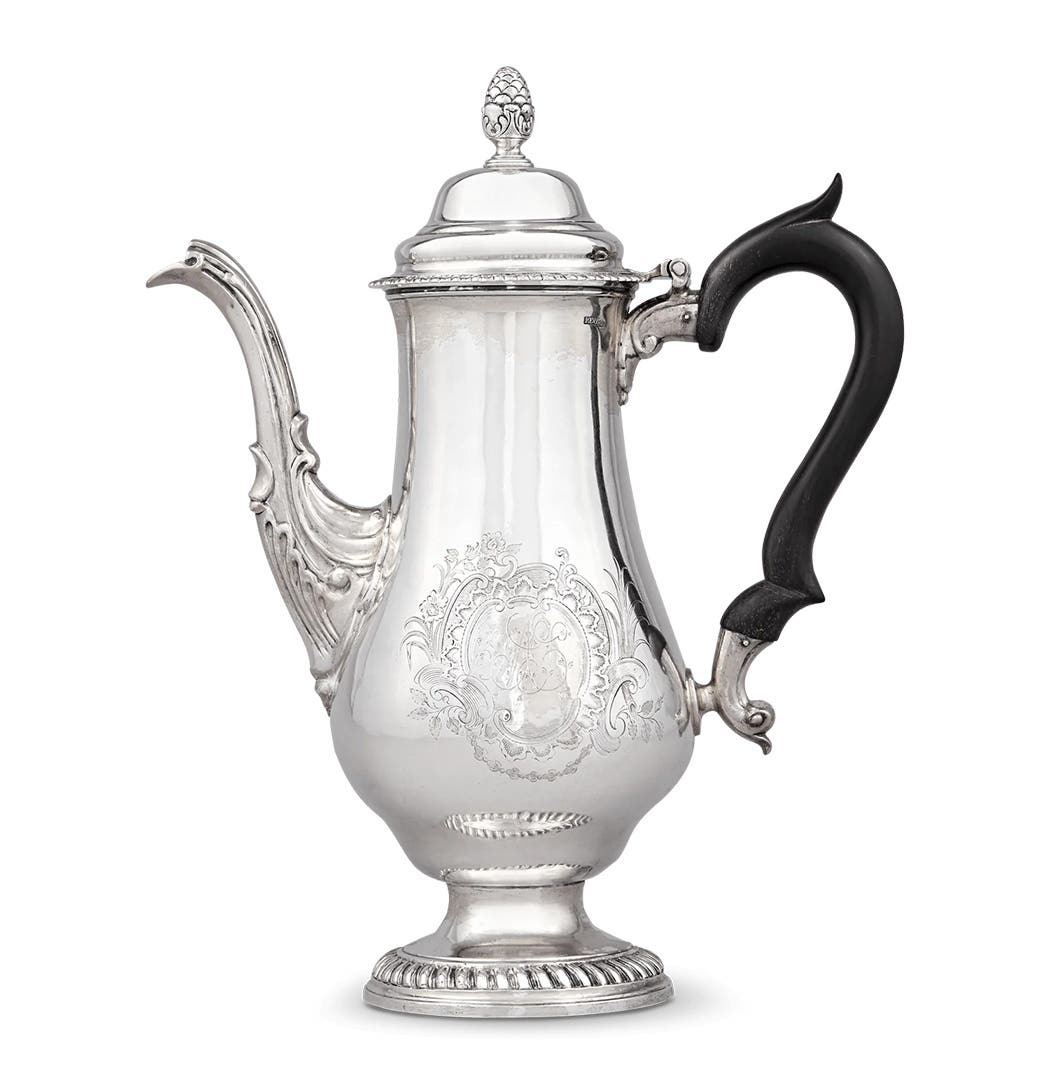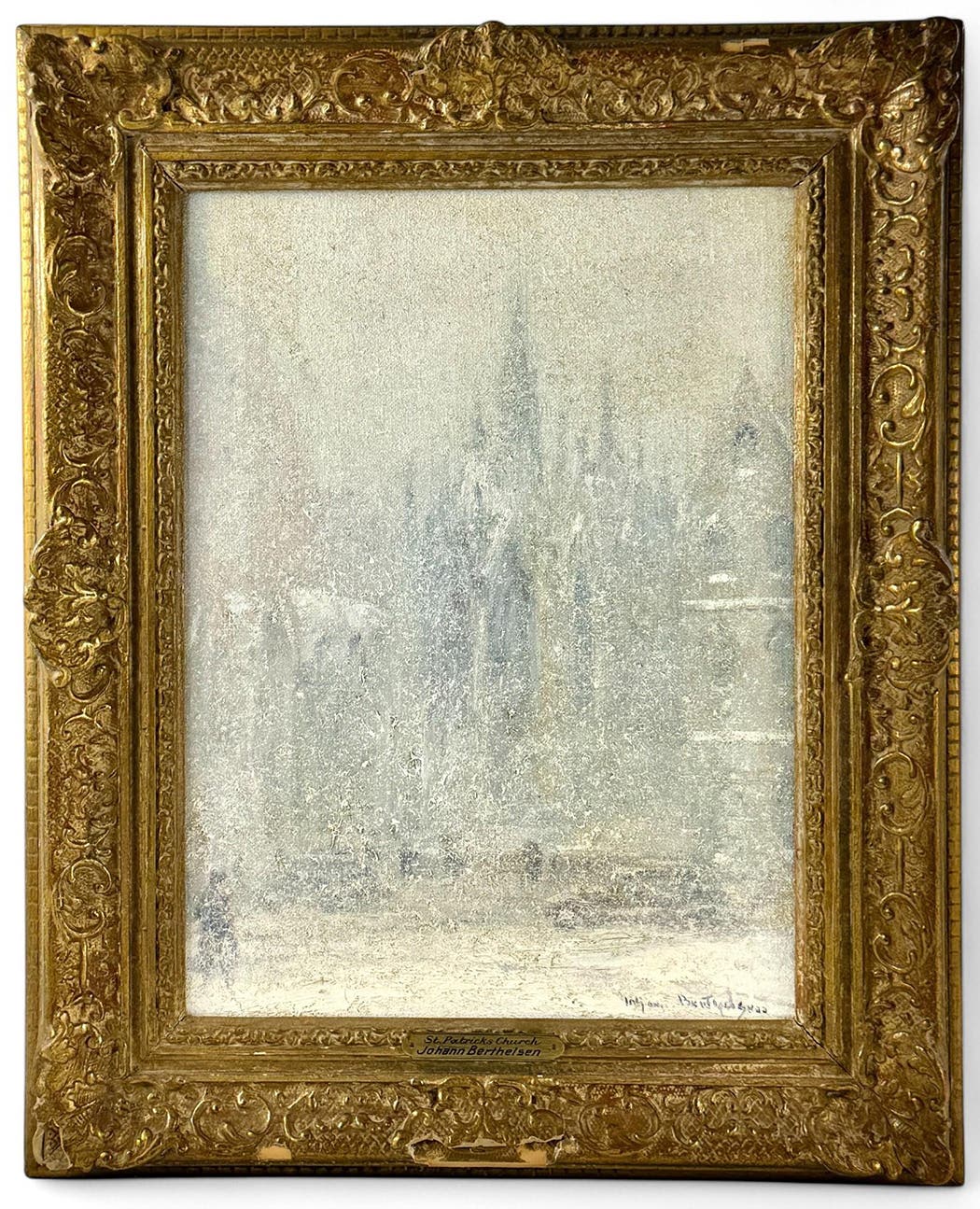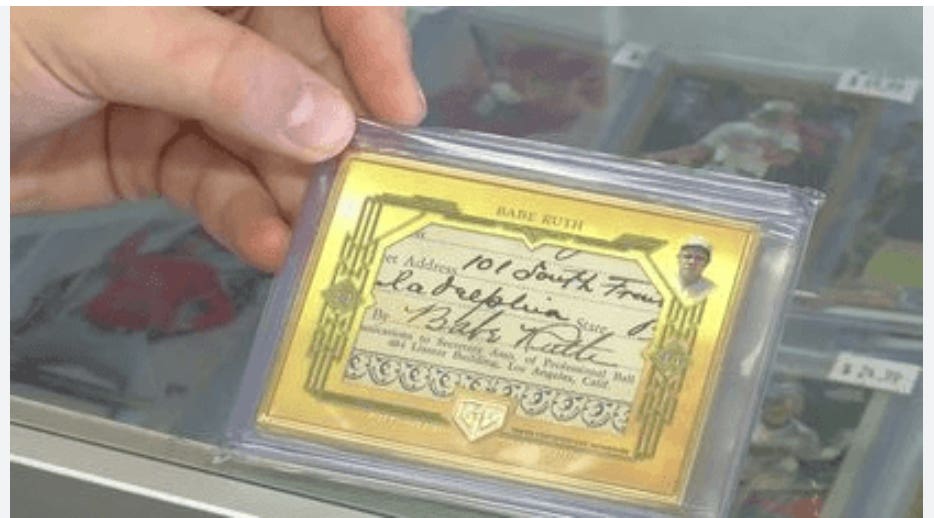The Things We Cherish In Uncertain Times
When life is challenging, like during a pandemic, there’s no place like home — the repository of our treasured keepsakes and collections.
Unprecedented. This is the word used to describe the COVID-19 pandemic gripping the globe. But societies have endured countless calamities in the past: the Hoovervilles and Hobo Jungles of the Great Depression, the bombing of Pearl Harbor, the casualties of the Korean and Vietnam wars, the terrorist attacks on 9/11. In times of uncertainty, there’s no place like home — the repository of our cherished possessions.
My husband, Andy, would tell you I like “stuff.” Sentimental items. Decorative pieces. Unique finds. Homemade and store-bought art adorns our walls. Collectibles fill shelves and tabletops. Our fireplace mantle showcases much of my Belleek Irish porcelain, as well as our wedding photo and my (faux flower) brooch bouquet, cradled for all eternity in a simple glass vase.
But perhaps it’s my burgeoning assortment of Russian matryoshka dolls (meaning little matron) that people most associate with me. I have a little over 60 sets in my collection, ranging in vintage, size and design. I began collecting them in my preteens, took a hiatus, and then resumed the hobby in my mid-20s.
I particularly am drawn to ones that divert from the traditional Semenov style readers would be most familiar with: the red and yellow floral bodies, with black hair and black eyes and rosy cheeks. I enjoy scouring stores for varieties with green and brown eyes, red hair, various ethnicities and any with scenes depicting Russian onion dome cathedrals and St. Basil’s Cathedral. While some dolls are singletons, most are sets of three or five.
At the turn of the first millennium, the Chinese made nesting boxes — a large box with several smaller ones inside. Hundreds of years later in China, this technique was applied to dolls. Wooden dolls were made into the image of Fukurokuju, the Japanese god of longevity. These dolls would be filled with the six other Lucky Gods of that religion.
As the story goes, the Japanese doll caught the attention of wealthy Russian art patrons Savva Mamontov and his wife, who founded a Children’s Education Workshop in Moscow, which made toys aimed at highlighting Russian art and culture. This led to the first Russian stacking dolls being made in 1890 by Vasily Zvyozdochkin and designed by Sergey Malyutin — a set of eight dolls consisting of a female in a traditional dress holding a black rooster, with smaller “children” dolls stacked inside, representing Russian peasant life. The dolls increased in popularity after Mamontov’s wife presented them at the Exposition Universelle in Paris in 1900, sparking international interest that continues in the 21st century. Also called babushkas (meaning old woman or grandmother), these dolls exemplify the complexities of femininity and womanhood.
Vestiges of the past
I love family photo albums and the personal effects of my ancestors. I’m mainly German, Czech and French on my father’s side, and Scottish, Irish and Scandinavian on my mother’s.
From April 2015 to September 2019, I penned a popular genealogy column in a monthly historical special section called Past Times that published once a month in the newspaper I was writing for at the time. The stories, however, were so much more than fulfilling my assigned duties; the opportunity allowed me the chance to journey down the lane of yesteryear, and delve into the stories of loved ones I’d never had the chance to meet.
My great-grandfather, Jacob Buseman, was born on April 24, 1883, in rural Grundy County, Iowa. In 1909, Jacob wed my great-grandmother, Martha Klosterboer, who had emigrated with her parents and three brothers from Eastern Friesland, Germany.
My grandma, Olga Buseman Jordan, one of their six children, would talk of how her dad could build anything with his hands. A few years back, my father, Larry Jordan, gave me a large, wooden jewelry box Jacob made for Martha. Jacob had carved it and painted it metallic gold and pale green. The box is trimmed with intricate, carved diamond patterns; each notch a visible sign of their love.
Grandma Olga used to refer to his work as “tramp art.” Tramp Art was a worldwide folk art movement (1870s-1940s) where mostly untrained artisans repurposed cigar boxes, shipping crates and other discarded materials. Some folks were indeed homeless or unemployed. Others still worked as laborers, farmers or were Civil War veterans.
Several of Jacob’s belongings remain stashed away in the box. Inside this time capsule of sorts, are a corncob pipe, a three-piece German shaving kit, five King Edward cigars in like-new condition and a little German prayer book, which documented family births. There’s even a yellowed invoice from Jacob’s final expenses in the hospital.
Martha died in 1945, and Jacob passed away three years later. I know helping me conduct research for those articles was advantageous for my father. After all, Jacob and Martha died years before he was born; he hadn’t known them, either. I have visited the Buseman and Klosterboer family plots in Grundy Center, which overlook an expanse of Iowa cornfields. So close, yet so far …
Wedding memories
While planning my wedding, I decided I wanted to clip several brooches into my bouquet. Because our reception was held at a nature lodge, and my husband is an outdoorsman, I figured the brooches should be shaped like insects: butterflies, moths, dragonflies, spiders, grasshoppers, bees, lady bugs and beetles. I even found one representing a praying mantis.
The showpiece in my arrangement is a multi-hued butterfly pin that belonged to my maternal grandmother, LeVerne Petersen Campbell.
These possessions left behind serve as a physical manifestation that these people existed, and that they mattered.
Antiques unite families
I was opening gifts at a Christmas celebration in 2016, hosted by my in-laws, Tom and Ellie Heintz. I discovered a little Vera Bradley coin purse in my holiday sack from Andy’s grandma, Joanna Fulton Thoele. As I pulled out what rested inside, I discovered the sticker affixed to the inside of the purse: “For Sara. Pearls that were worn by my Mom (Gertrude Meek Fulton).” I knew this was significant. Jo, who is 92 years young, trusted me with a prized family heirloom. Being a long strand of creamy white pearls, the beads go with everything, and I love telling people they belonged to my husband’s great-grandmother. How lovely of a story is that?
Old Hollywood forever
Being an Old Hollywood enthusiast, in the mid-2000s, I jumped at the chance to own pieces of classic cinema history. Cheryl Crane was selling items from her mother, movie star Lana Turner’s estate. Prices started at $15. I lucked out by scoring a German-made china pitcher Miss Turner had once used on her breakfast tray. I also secured a small, glass perfume bottle with her gold nameplate attached. I filled it with tuberose perfume, which was Lana’s favorite scent. It looks perfect next to Martha’s floral-print hand mirror, also on my dresser.
My dad is an avid clock collector. He must have hundreds in his care, with brands including Seth Thomas, Howard Miller, Tiffany, Sessions (his ebony black library clock with faux marble columns and gold trim with a cathedral gong), Waterbury, Eli Terry, and others. Ever since I was in my teens, I admired a small, sleek one with a mahogany finish, called the Newberry. Telechron manufactured them from 1933-1936. The name Telechron comes from the Greek words “tele” meaning “distant” and “chronos,” meaning “time.” Dad gave it to me for Christmas 2016 before he and my mom moved to Florida. The clock keeps time wonderfully.
In April 2019, for my golden birthday, I treated myself to a 2-carat, emerald-cut lemon quartz ring from the 1920s. The remarkable filigree detail in the silver sealed the deal. I was a bit leery of purchasing a vintage ring on eBay without the luxury of trying it on first, but it ended up fitting like a glove.
LITTLE SUSAN
My most prized possession, however, is ragged, stained and tattered, a toy most wouldn’t give a passing glance to: my Cabbage Patch doll Susie. Thirty-six years old (she doesn’t look a day over nine months), she came to me at Christmas 1992 when I was two years old.
My parents had launched their regional magazine, Midwest Today, that year. Dad wrote and designed the issue while my mom, Julie Campbell-Jordan, worked at an advertising agency and later exclusively sold ads for the magazine. It would be a Christmas on a budget, but mom stood in line at a Toys for Tots drive to get me a present. Susie has worn countless outfits through the decades, needed her head sewed back on, and is losing some of her red yarn hair. She’s a tad worse for the wear, but she’s never been relegated to a box in the basement or garage. She sits on a shelf in my bedroom. I’m not ashamed to say I’ve held her close many times in my 30 years …
Collectibles and antiques are so much more than stuff. It’s not about possessing status symbols, shiny jewels or pieces owned by celebrities. It’s about the tenderness you feel and the memories you recall: the scents, the stirrings, the questions you ask, and the answers you find.






